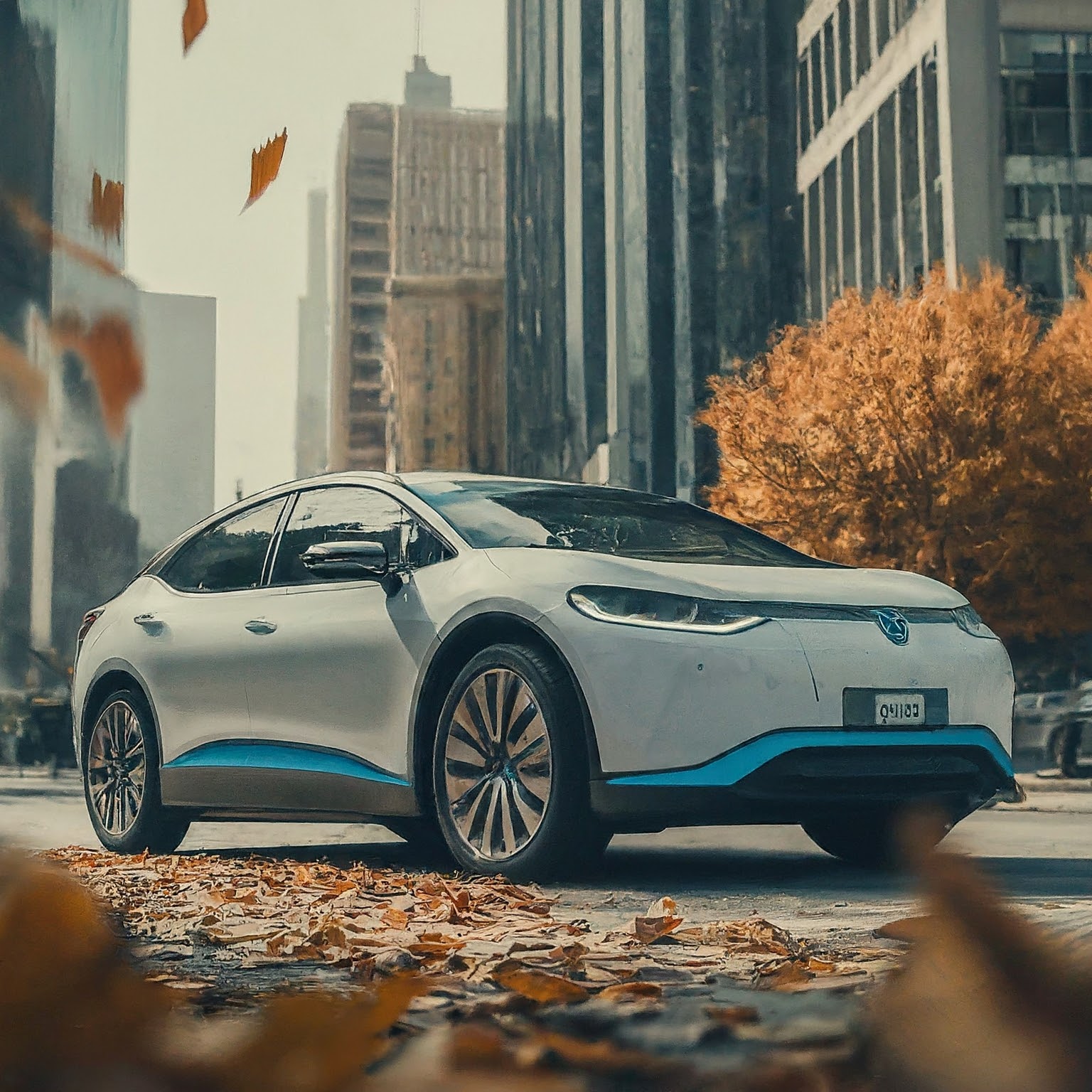Introduction to EV
The universe of transportation is on the cusp of a momentous change. As we plunge toward a future formed by development, natural cognizance, and developing buyer inclinations, one thing is clear: the scene of portability is going through a seismic shift. In this content, we’ll investigate the thrilling domain of electric vehicles (EVs) and feasible transportation, where streets murmur with the commitment of cleaner air, diminished blockage, and a planet-accommodating drive.
Changing Consumer Tides
Our process starts with a look at buyer inclinations. Gone are the days when confidential vehicles managed the black-top unchallenged. Today, another wave clears across the roads, encouraging us to rethink our methods of transport. E-bicycles flash through city paths, ride-sharing applications rethink accommodation, and independent transports allure workers with commitments of calm travel. However, the genuine superstar? Electric vehicles. These smooth, quiet messengers of supportability have caught hearts and psyches, with 42% of respondents communicating interest in making their next vehicle an EV. The key? Range. As EVs broaden their compass, they inch nearer to turning into the standard as opposed to the exemption.
Challenges and the Road Ahead
Even though cities struggle with issues like traffic jams and an overreliance on private cars, municipalities around the world are putting policies in place to promote more sustainable and efficient transportation. The COVID-19 crisis caused a rise in individual transportation modes like biking and walking, but shared transit services declined. Finding a balance between personal and communal transport is key, since the transportation sector makes up a large part of worldwide carbon emissions. Electric vehicles present a way to cut emissions and work towards a greener future, with many people now prioritizing eco-friendliness when they make choices about how to get around. The original text discusses challenges cities face regarding transportation as well as solutions to build a more environmentally conscious system, and emphasizes the importance of reducing emissions from transit which accounts for a significant portion of global CO2 output.
Technological Overtures
In any case, stand by, there’s something else! Our content wouldn’t be finished without a sign of approval for mechanical wonders. Picture this: roboshuttles winding through city roads, metropolitan air taxis flashing above, and independent minibusses shipping travelers. The eventual fate of versatility isn’t just about wheels; it’s about wings, calculations, and consistent availability.
Conclusion
As we wrap up our investigation of the advancements in transportation, it’s clear that the future appears hopeful with cleaner air, quieter streets, and a more maintainable planet. The change in consumer inclinations has prompted an assortment of transportation choices, including e-bikes, ride-sharing, and electric vehicles. Although difficulties like traffic blockage and the achievement of shared mobility administrations stay, electric vehicles offer an answer for their natural advantages. Innovation additionally assumes a huge part in forming the fate of transportation, with the potential for independent vehicles and air taxis. The vision is for a future where transportation is productive, associated, and naturally amicable.


